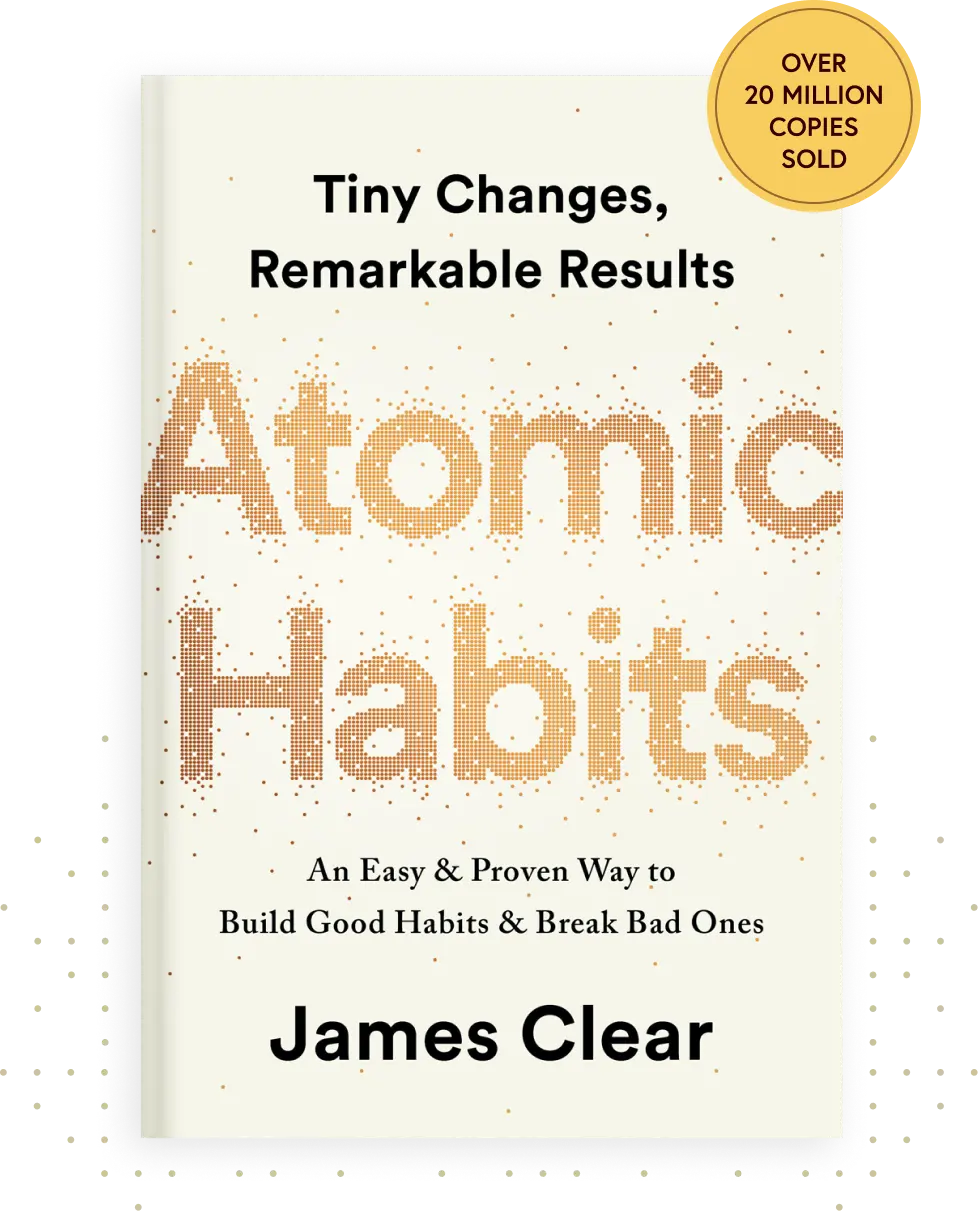Table of Contents
This article explores the core concepts from James Clear’s “Atomic Habits” and his various interviews, providing practical guidance for forming positive habits and breaking negative ones. It emphasizes that significant improvements can be achieved through small, consistent changes over time.
Core Principles of James Clear’s Philosophy

- 1% Better Each Day: The central tenet of Clear’s work is the idea of continuous improvement by 1% each day. These small, incremental improvements compound over time, leading to remarkable results. This contrasts with the idea of drastic changes, which are often unsustainable.
- Habits Shape Identity: Habits are not merely about achieving results, but about shaping one’s identity. Every action is a “vote” for the type of person you wish to become.
- Balance Exploration and Exploitation: It’s important to continuously seek new opportunities while also reinforcing what already works.
“Every action you take is a vote for the type of person you wish to become.” – James Clear
The Four Laws of Behavior Change by Atomic Habits
Clear has developed four laws that can be used to build good habits and break bad ones:
- Make It Obvious:
- Design an environment where good habits are visible.
- Reduce the visibility of bad habits, making them less obvious.
- Use reminders to prompt desired actions.
- Make It Attractive:
- Link desired habits with enjoyable activities or rewards.
- Join groups where the desired behavior is the norm.
- Create a social context that supports your goals.
- Make It Easy:
- Reduce friction to make good habits easier to start and maintain.
- Break habits down into small, two-minute actions (the Two-Minute Rule).
- Simplify the initial steps to make them less daunting.
- Make It Satisfying:
- Use rewards and track progress to reinforce positive actions.
- Find ways to feel satisfaction from the process, not just the outcome.

Practical Tools for Habit Formation
- The Two-Minute Rule: Scale down a new habit to actions that take two minutes or less. For example, instead of “read 30 books a year,” start with “read one page”.
- Temptation Bundling: Combine new habits with things you already enjoy. For example, listen to audiobooks while exercising.
- Environment Design: Create a physical and social environment that supports your goals. For example, keep healthy foods visible and unhealthy ones out of sight.
- Habit Tracking: Monitor progress using a calendar or apps to visualize your achievements.
- Feedback: Keep track of not only the results but also the trajectory of your habits to see if they are improving or declining.
- Minimalism: Focus on having the optimal number of things, not the minimum.
Avoiding Pitfalls in Atomic Habits
- Analysis Paralysis: Don’t get stuck in planning; start taking action. Distinguish between preparation (motion) and execution (action).
- All-or-Nothing Mentality: Don’t let one mistake derail your progress. It’s important to get back on track quickly.
- Overestimating and Underestimating: Don’t overestimate what you can achieve in a day or underestimate what you can achieve over the long term.
- Focus on Identity: Concentrate on the process and the person you want to become, not only the end results.

Social Environment and Habits
The social environment plays a crucial role in shaping habits. The groups you belong to have social norms that influence your behavior:
- Find Like-Minded People: Surround yourself with people who have similar goals to stay motivated and be inspired by their examples.
- Use Social Influence: Pay attention to the norms of your surroundings and try to incorporate them into your life.
Conclusion
Habit formation is a gradual process that requires patience and self-discipline. By applying the principles outlined by James Clear in Atomic Habits, you can make significant changes in your life. Remember that small, consistent actions repeated daily are the key to great results.
This structured blog article provides a comprehensive understanding of key concepts from “Atomic Habits” and their practical applications, using examples, quotes, and structured information to make it both engaging and informative for readers.





16 thoughts on “4 Powerful Lessons from James Clear’s ‘Atomic Habits’: How Small Changes Lead to Big Results”